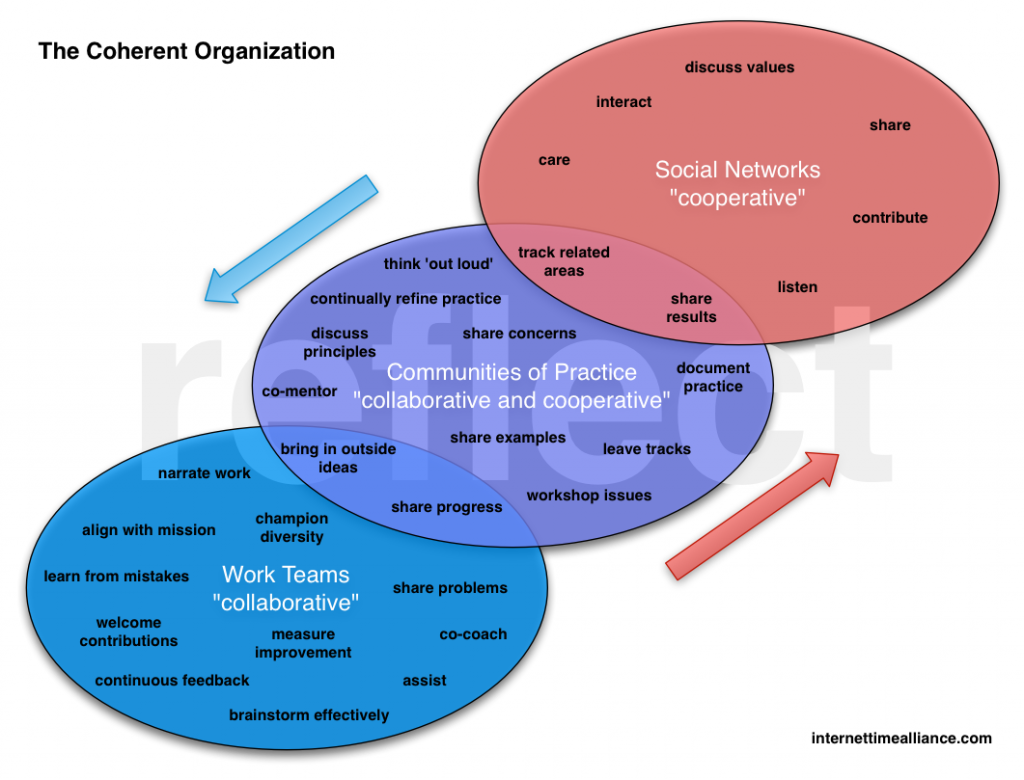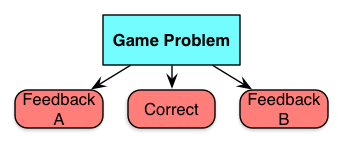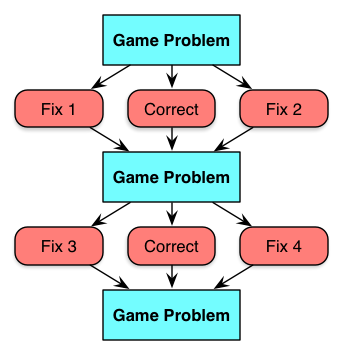I recently mentioned that one of my reflections on the past year was that learning to learn, aka meta-learning, is emerging. And this has come about in several ways recently, and I think it’s a relatively ‘meta’ thing to do ;) to look at the principles across these areas.
So, yesterday I was talking with a colleague about libraries. And one of the things that I noted was that in talking about the future of libraries, I hadn’t discussed a particular role they could and should play. The reflection was that even in the future role, librarians are more than just the conduits to the information (or people or equipment), but also demonstrating how they served that role. That is, don’t just show me the results of the search, show me how you thought about the search, and why you chose the search tool you used, and how you created your query, and…
And he assured me that indeed librarians were being taught this. Moreover, at San Francisco Public Libraries they actually had dual monitors where the staff member could look, but the patron could also view the activity, and the staff member could work ‘out loud‘.
And this is important. Because until our schools start doing a better job of this, we’re not going to be able to assume that our employees and citizens are actually good at learning. You can only teach meta-learning on top of real goals, and we (should) have those in schools, so it’s the ideal place and arguably the best contribution schools can provide in this rapidly changing environment.
And it’s not like the investments in learning technology are addressing this either. As I mentioned when I talked about AI for learning, we’re not really seeing the extra layer that will address that (though it’s doable). As it is, we’re creating adaptive systems that replicate the existing curricula, which would be ok if our curricula were defensible (hint: it isn’t). Advanced pedagogy can be great, but it is wasted on the existing curricula.
So, there’re are opportunities for learning to learn (which have real benefits) to be enabled across organizational work, library work, schools, and systems. And we’re really not seeing anywhere near the uptake that would benefit our efforts.
However, we are seeing more discussion. And I’m imploring you to start thinking about it, talking about it, and beginning to do it! It’s doable, and arguably the best investment we could and should be making. Are you ready?



